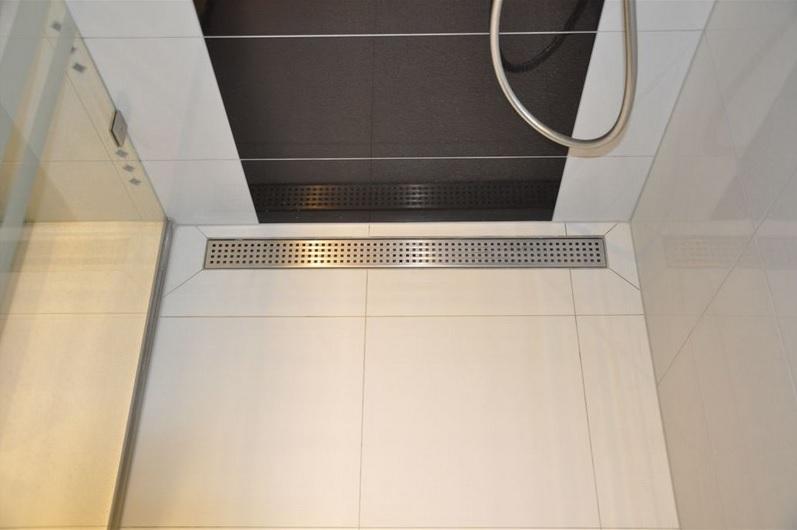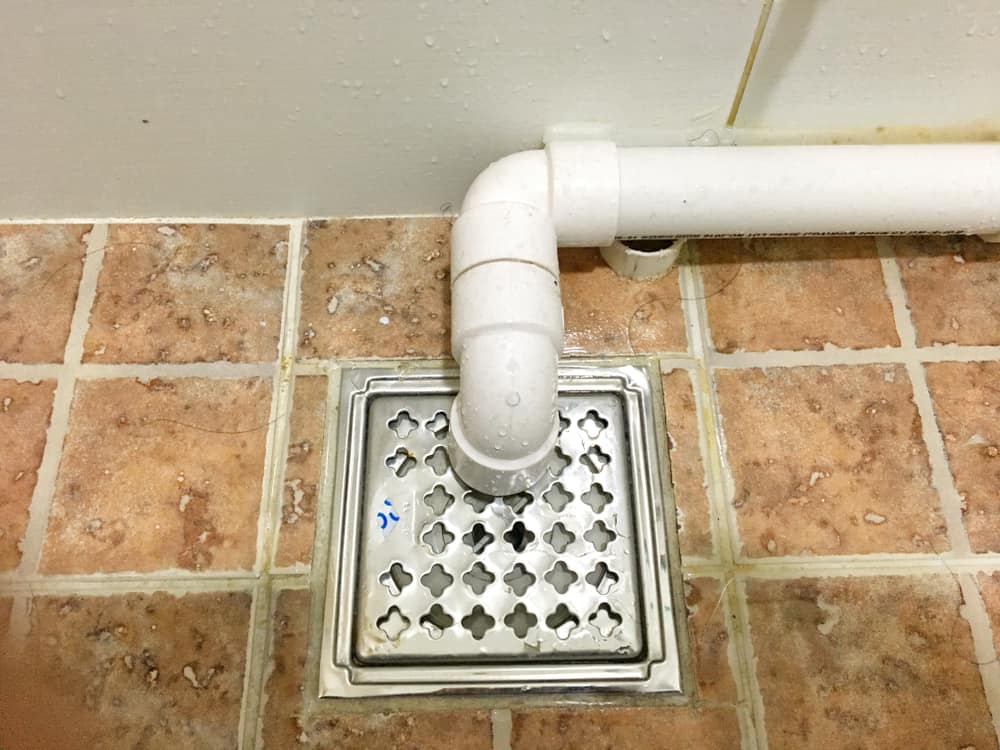Taking Charge-Managing-Overseeing of Shower Drain-Bathroom Drain-Drainage System Installation-Setup-Project Yourself-On Your Own-Independently
Taking Charge-Managing-Overseeing of Shower Drain-Bathroom Drain-Drainage System Installation-Setup-Project Yourself-On Your Own-Independently
Blog Article
How do you actually feel with regards to How to Choose the Best Drain for Your Shower?

Updating a bathroom is one of the more popular home improvement projects. Dealing with the plumbing for draining your shower can be extremely easy unless you go overboard.
Handling Your Own Shower Drain Installation Project
You can literally construct an enthusiast for your brand-new shower, yet you truly need to think about it. Do you really intend to get involved in the issues of obtaining the sloping appropriate, in addition to ensuring every aspect of it is waterproof? And also I indicate every element! It is much easier to simply acquire a pre-cast enthusiast online or at your regional Lowes, Home Depot or hardware shop. Building one may sound like a great suggestion, yet you will most likely feel in different ways after a number of hours.
No matter exactly how you tackle obtaining a frying pan, you ought to make every effort to use one that has the drainpipe located in the same spot as the initial pan. Relocating the drainpipe pipes can be a job, especially if the builder utilized a distinct framework structure. If you are established to relocate the drain, you are mosting likely to have to reduce the pipe or extend it, which may suggest ripping up huge pieces of the flooring. Put another way, you are mosting likely to be taking a look at a numerous weekend job.
Assuming we have our drainpipe lined up, the real hook up is relatively simple. The drain pipeline ought to be encountering vertical approximately the collector. It will certainly often appear like a "U", which suggests it acts as a cleanout to maintain unpleasant smells from returning up from the drain. To attach the drain, you are mosting likely to develop a water tight connection in between a drain cap on the top of the pan and also the drainage pipe. Solutions vary, yet you are usually mosting likely to do this by putting a coupling item on the top of the water drainage pipe. This is then covered with gaskets as well as essentially screwed into the drain cap. The drain cap must work as a locknut, to wit, it screws directly onto the coupling.
The difficult part of this procedure is getting your drain cap to suit a water tight placement in the pan. This is accomplished by backing off the drainpipe cap as soon as you make certain everything fits together. At that point, you put plumbing professionals putty around the bottom of the cap and afterwards screw it back on. The putty needs to form a tight seal between the cap and the shower frying pan, which maintains water from dripping under it and into the framing under the shower.
Certainly, restroom showers been available in a wide range of styles these days. If you buy a collection agency, they usually featured plumbing guidelines or the shop can keep in mind anything uncommon you must recognize. It appears complicated, however is commonly quite simple. Have a good time!
Whether you are a bathtub or shower person, many people look for shower only options when acquiring a residence. This straightforward truth indicates more than a few homeowners invest a weekend break updating or setting up showers in their bathrooms. Fortunately for you, it is a rather straightforward procedure.
An enthusiast or frying pan refers to the horizontal surface area located at the end of the shower. The enthusiast usually consists of a non-slip surface area a little banked towards the center or any place the drainpipe is located. Incorporated with 3 to 4 inch wall surfaces around the side, the objective of your shower water drainage plumbing is to obtain the water to flow to and also down the tubes.
How to DIY a Shower Drain Repair or Replacement
Verify the Source of the Leak
Pour some water down the drain using a funnel. If you don’t see signs of leakage from the drain, the leak may be coming from a worn bathtub seal. In this case, fill the bathtub with water and look for leakage between the bottom of the tub and the floor.
Determine What Drain You Need
There are two main types of drains. The options include those with a trip lever, including foot lock, roller ball, and lift and turn drains. Those with trip levers include pop-up and plunger drains. While each may have its own installation guidelines provided by the manufacturer, we’ll continue with the general process of replacing your shower drain.
Access the Drain
If there’s a cover over the drain flange, remove it. Old covers may be stuck in place, so you may need a hacksaw blade to cut it and pry it loose. But if there is no access panel, locate where the shower pipes are, place a cloth or metal plan below where you cut into the wall (to catch any water), and use a drywall saw to cut a panel on your own (you should wear safety glasses if proceeding with this step). You’ll want to cut a piece that can be put back in the same spot after the drain is replaced.
Ideally, you’ll have access to the drain parts through the shower wall. In some cases, the only option is to make an access point through a closet or bedroom.
Remove the Leaky Parts
With the drain exposed, you should see where it is leaking from. There is usually some discoloration in the area of the leak. The drain body, strainer body, or gasket can be removed with pliers while a screwdriver is needed to remove the strainer.
Repair or Replace the Drain
A shower drain repair kit can be purchased at a home improvement store. It will have instructions that will show you how to disassemble and repair the shower drain. Usually, it’s only necessary to fix the parts that are broken. You can combine old and new parts if they fit together. If the entire drain needs to be replaced, swap out all the old parts for the new ones so there are no more leaks.
Test the New/Repaired Drain
Turn on the water lightly while observing how it flows into the drain. Then check the pipes below the shower (in the basement or on a lower floor) to see if there’s any leakage. Once you verify any leak has been fixed, you can go ahead and patch up the wall (using drywall mud and a mud knife).
Ceilings that have water stains should be repaired. Cut away the affected section and replace with a piece of drywall and drywall mud. This eliminates damage caused by the leak and lets you find and mitigate other potential issues such as mold.
https://www.blackhillsinc.com/blog/how-to-diy-shower-drain-repair-replacement/

I have been very focused on How to Choose the Best Drain for Your Shower and I hope you appreciated the blog posting. So long as you appreciated our blog entry kindly don't forget to share it. I praise you for your time. Come back soon.
Report this page